Gathering knowledge and experience under one umbrella
The National Association for Women’s Training describes itself as an umbrella organisation, headquartered in Helsinki with 11 regional committees across the country. It comprises ten member organisations, each specialising in either national defence or comprehensive security.
For example, Save the Children provides expertise on protecting children during crises, while the Soldiers’ Home Association, which officially collaborates with the Finnish Defence Forces, offers support services for soldiers and reservists - such as volunteer-run coffee shops.
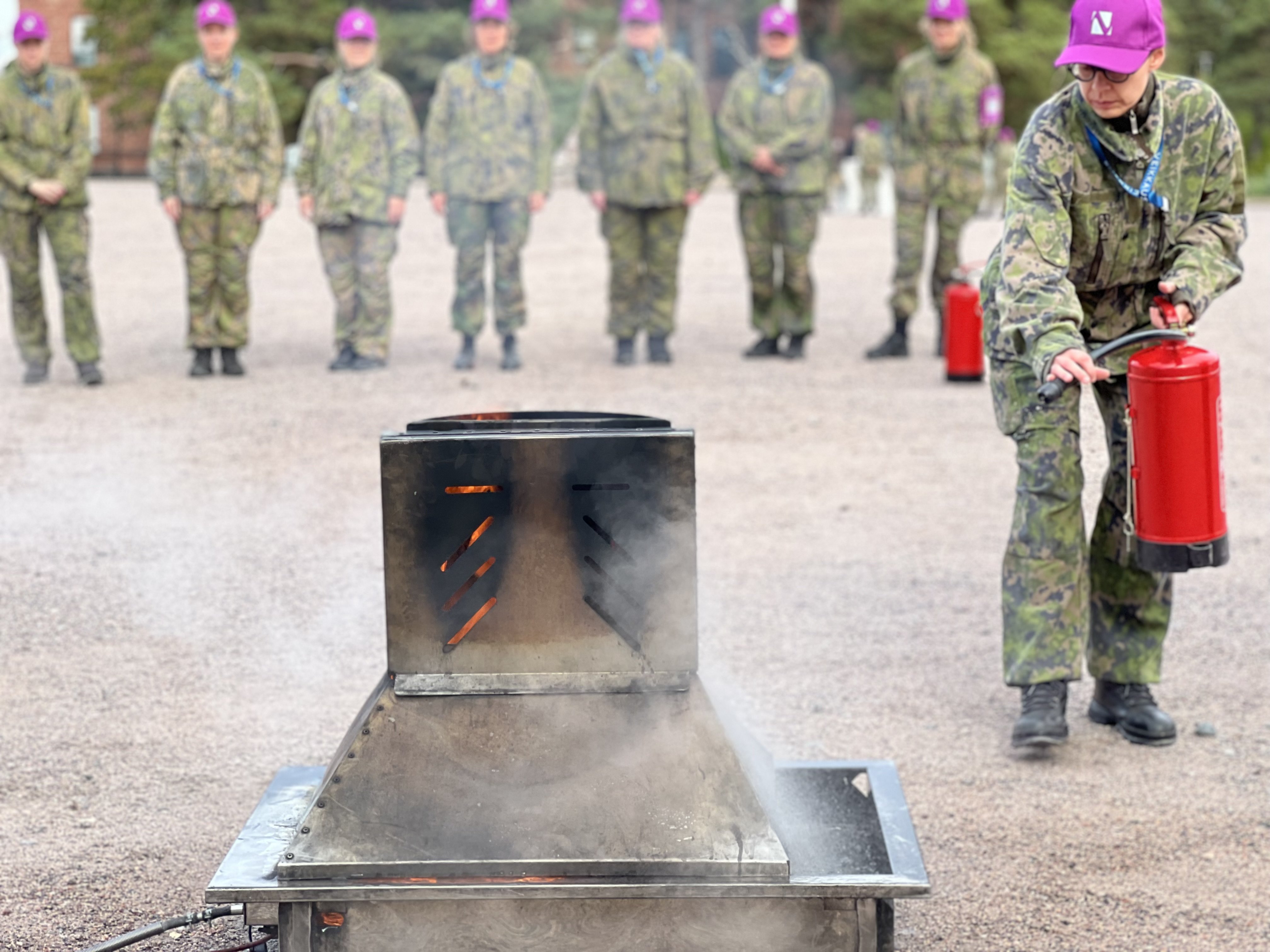
“Our members are not professionals in every aspect of security, and we are not limited to them. We also cooperate with many official institutions, such as the police and local rescue services,” explains Suvi Axela.
Through this network, the organisation reaches more than 100,000 volunteers nationwide, who conduct training sessions for other Finns twice a year. Some volunteers are highly active, while others participate less frequently.
“We assist our regional committees in organising training and events, but it’s the volunteers who handle the entire process. Of course, we provide guidelines on how things should be done. We offer, let’s say, management tools and recommendations so they don’t have to start from scratch,” Suvi adds.
Additionally, former participants can join the organisation as volunteers. For instance, large-scale exercises require 40 to 50 volunteers in various roles, such as drivers, catering staff, and communications coordinators.
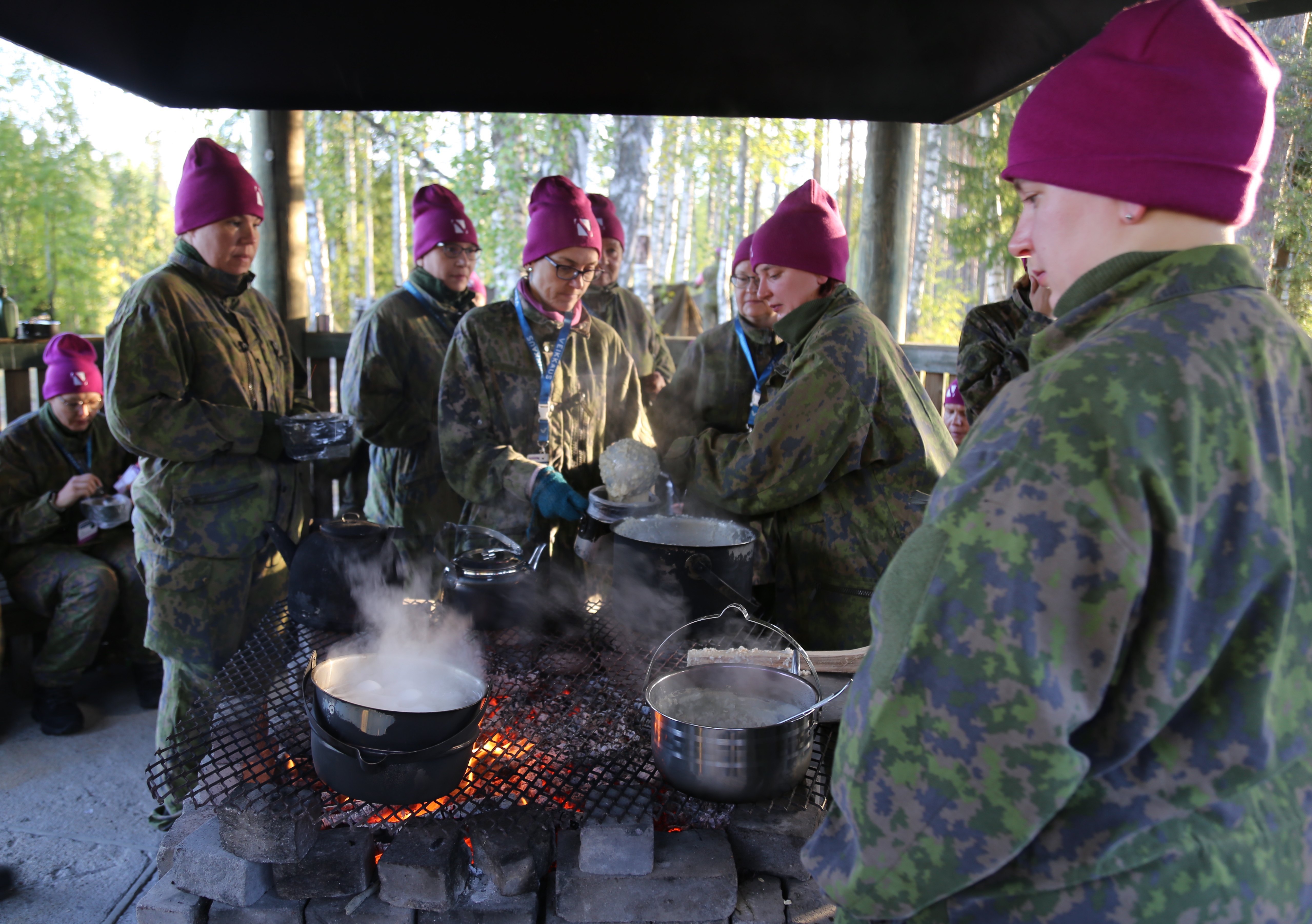
Overall, the association’s main focus is on organising security, defence, and emergency preparedness exercises.
The role of the defence forces
The organisation’s most important partners are the National Defence Training Association of Finland and the Finnish Defence Forces (FDF).
“Without them, we would not be able to conduct these exercises. We operate in garrison areas, and the Armed Forces provide us with all the necessary facilities and accommodation - whether dormitories or tents. They also supply equipment, including clothing for participants during training,” explains Suvi.
“The Armed Forces also assist with instructors when needed. But just as important is the moral support. And we feel it. This is no less significant because our Association is part of a comprehensive national security and defence system,” adds the communications manager.
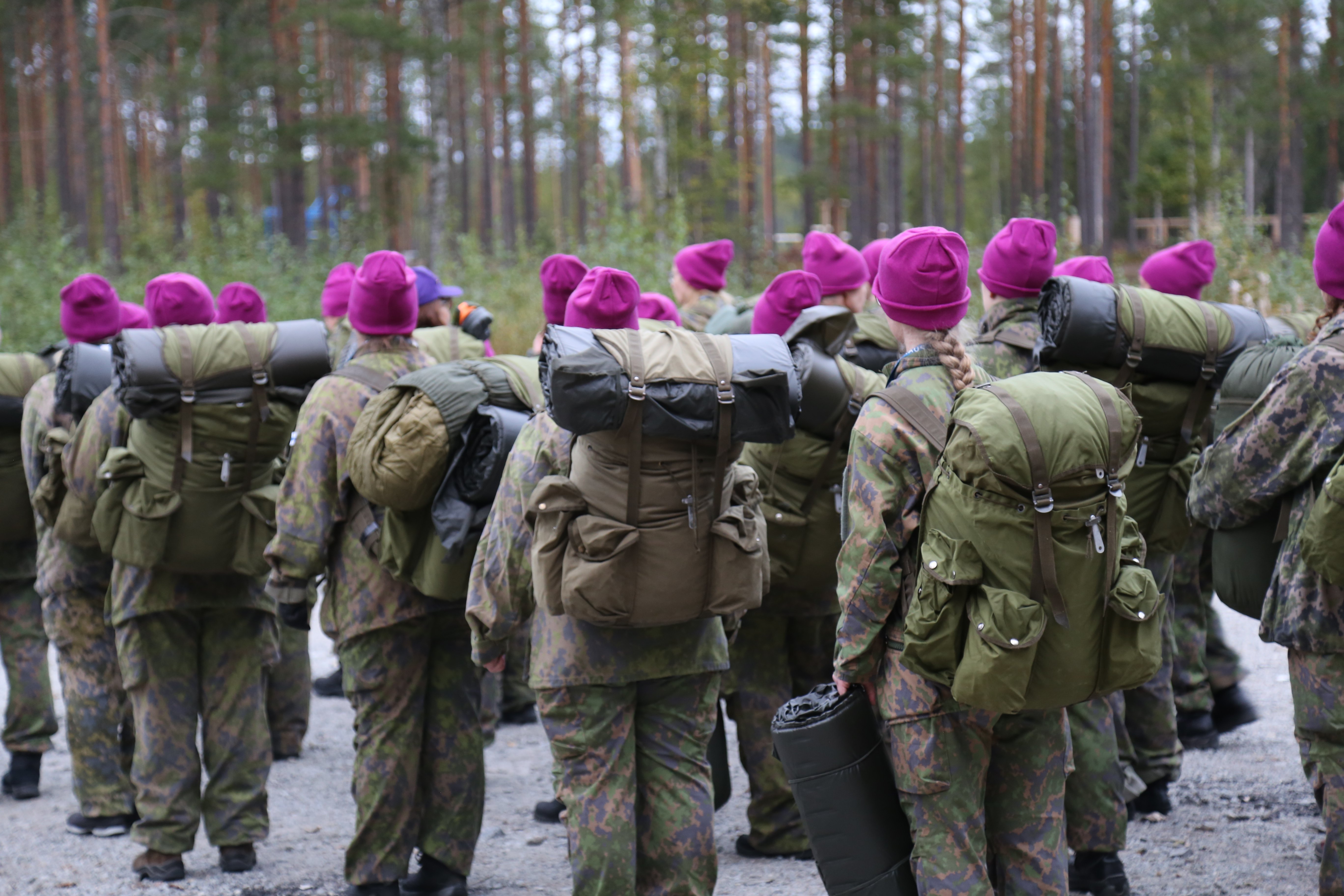
The Finnish National Defence Training Association is a key partner of the Finnish Defence Forces and the largest training provider for reservists in Finland. Its activities are regulated by law.
“We have a curriculum consisting of 40 different courses. It is part of the broader programme of the Finnish National Defence Training Association. The majority of their training (around 80-90%) is aimed at reservists, meaning it focuses on military training,” Suvi explains.
As the women’s organisation is a member of this Association, all registration processes go through its system.
The Finnish Ministry of Defence also plays a role, providing partial funding for the organisation’s activities.
What do the exercises look like?
Large exercises are held twice a year, with an additional two to five smaller ones organised. The big exercises usually last a weekend, starting on Friday and finishing on Sunday.
“But the scale can vary in terms of the number of courses and participants. At large exercises, we can have 10-11 courses. Participants choose one course and stay in the same group for the entire weekend,” explains Suvi.
The largest training sessions typically involve around 350 people, while smaller ones may have 150 women. The size of the training depends on available resources, the garrison’s capacity, or the location where it takes place.
Course topics vary and include:
- Actions in a violent extreme situation
- Children in crisis situations
- Crisis communication
- Cybersecurity
- Shelter in case of emergency
- Every woman’s survival kit
- Field kitchen
- Military training for women
- Information influence
- Leadership training
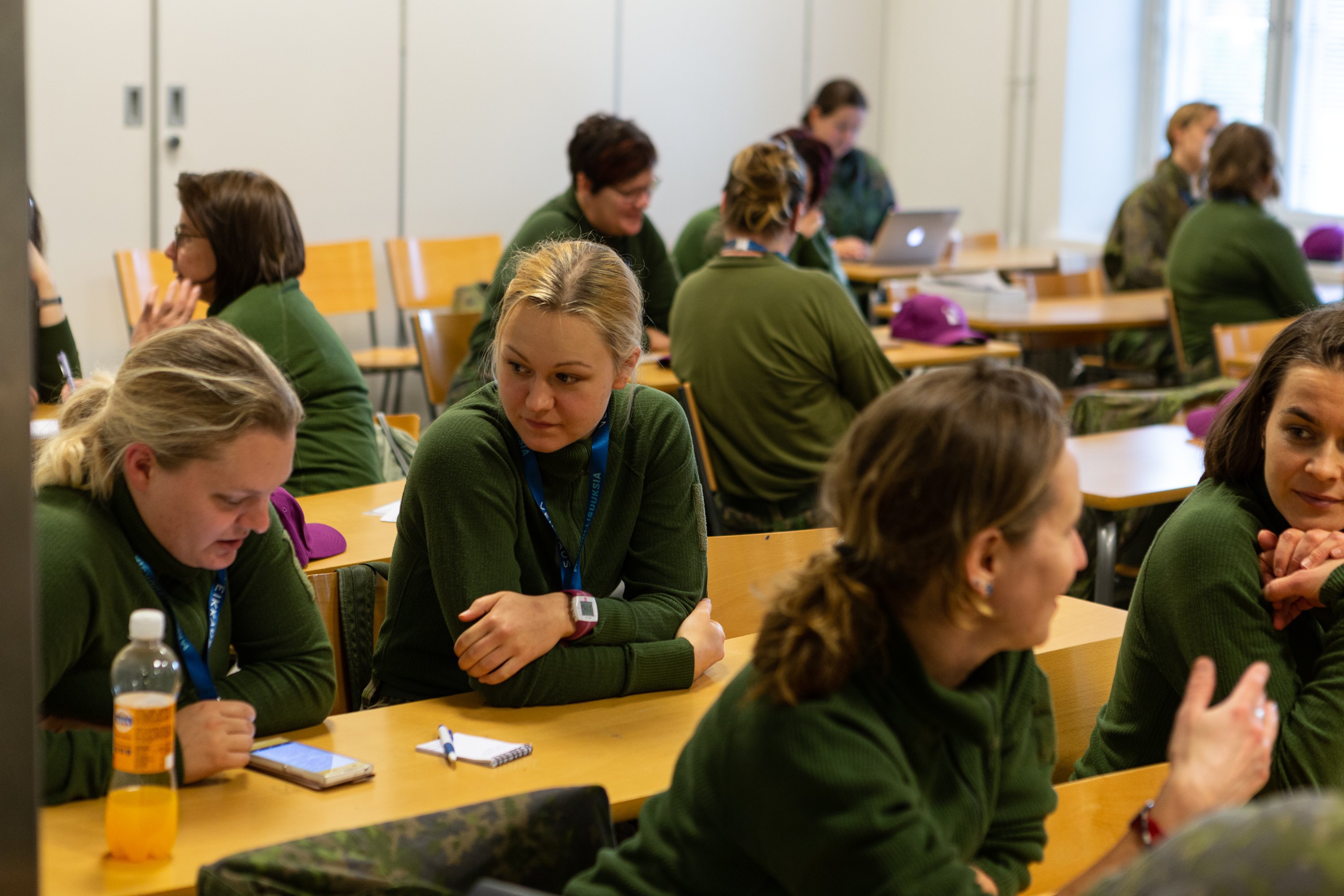
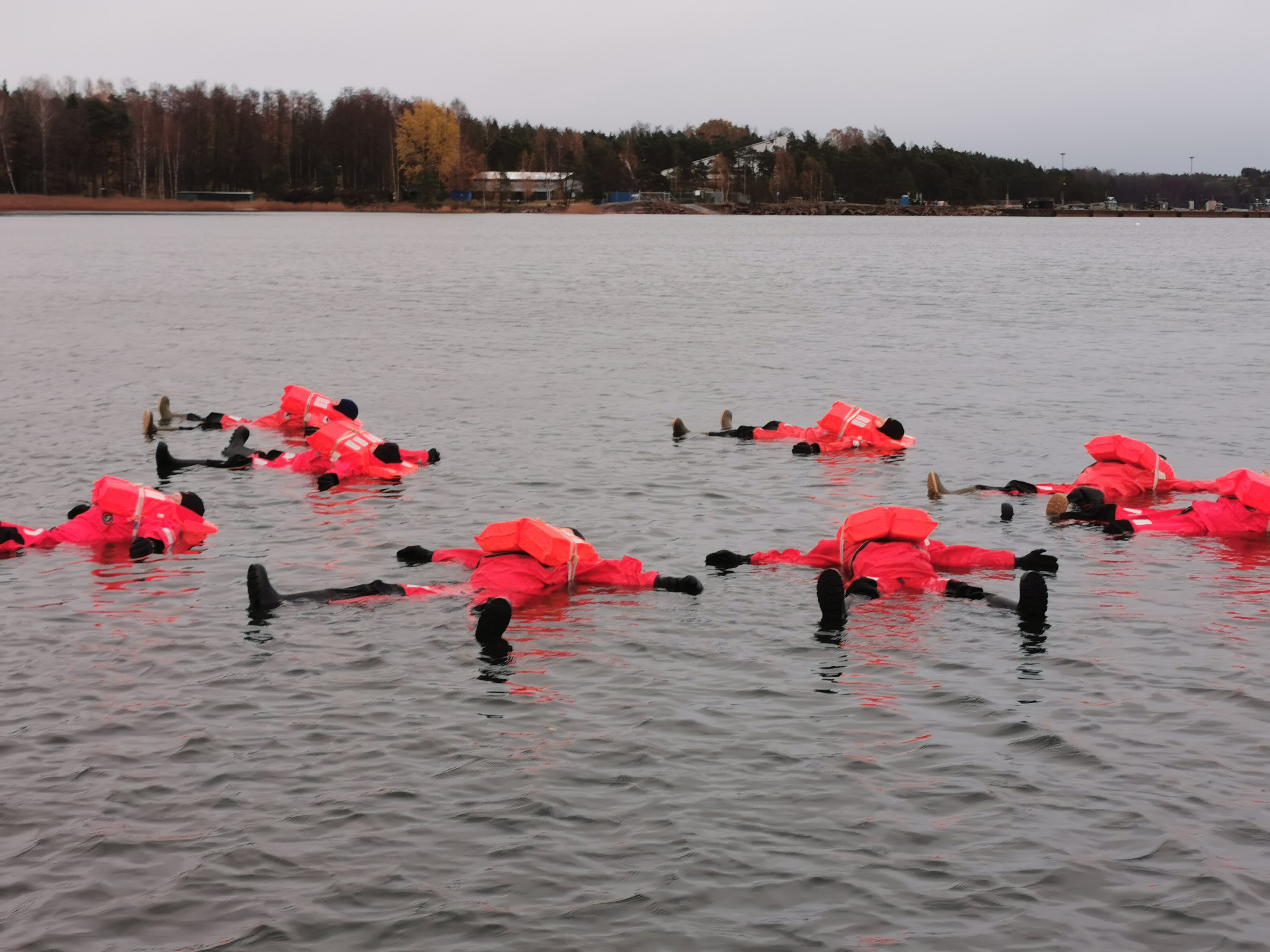
Additionally, there are specialised courses such as survival without electricity, first aid in real conditions, psychological assistance, snowmobiling, quad biking, and off-road driving.
Most courses are open to all participants, regardless of prior knowledge or experience. However, some require basic skills in a particular area. “This is, so to speak, a level up,” says Suvi.
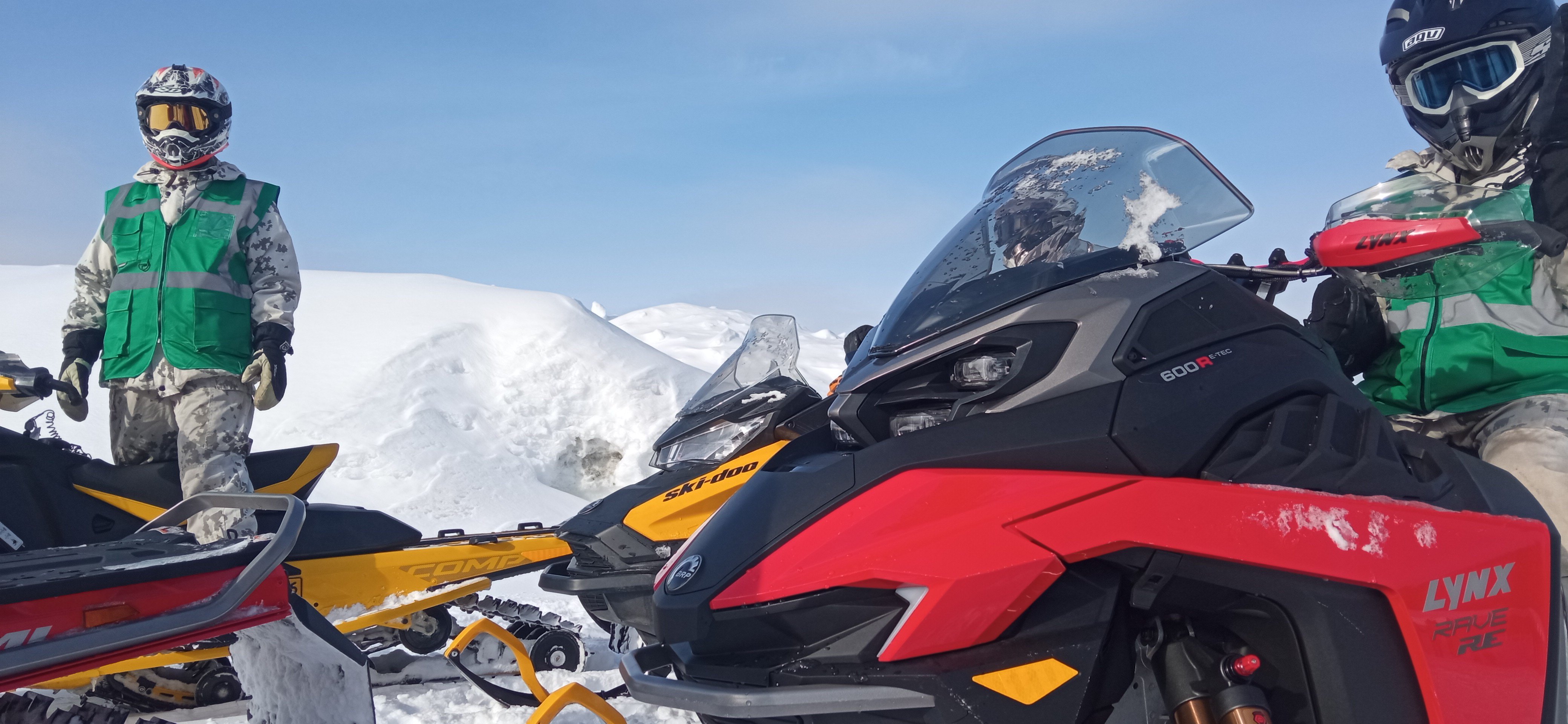
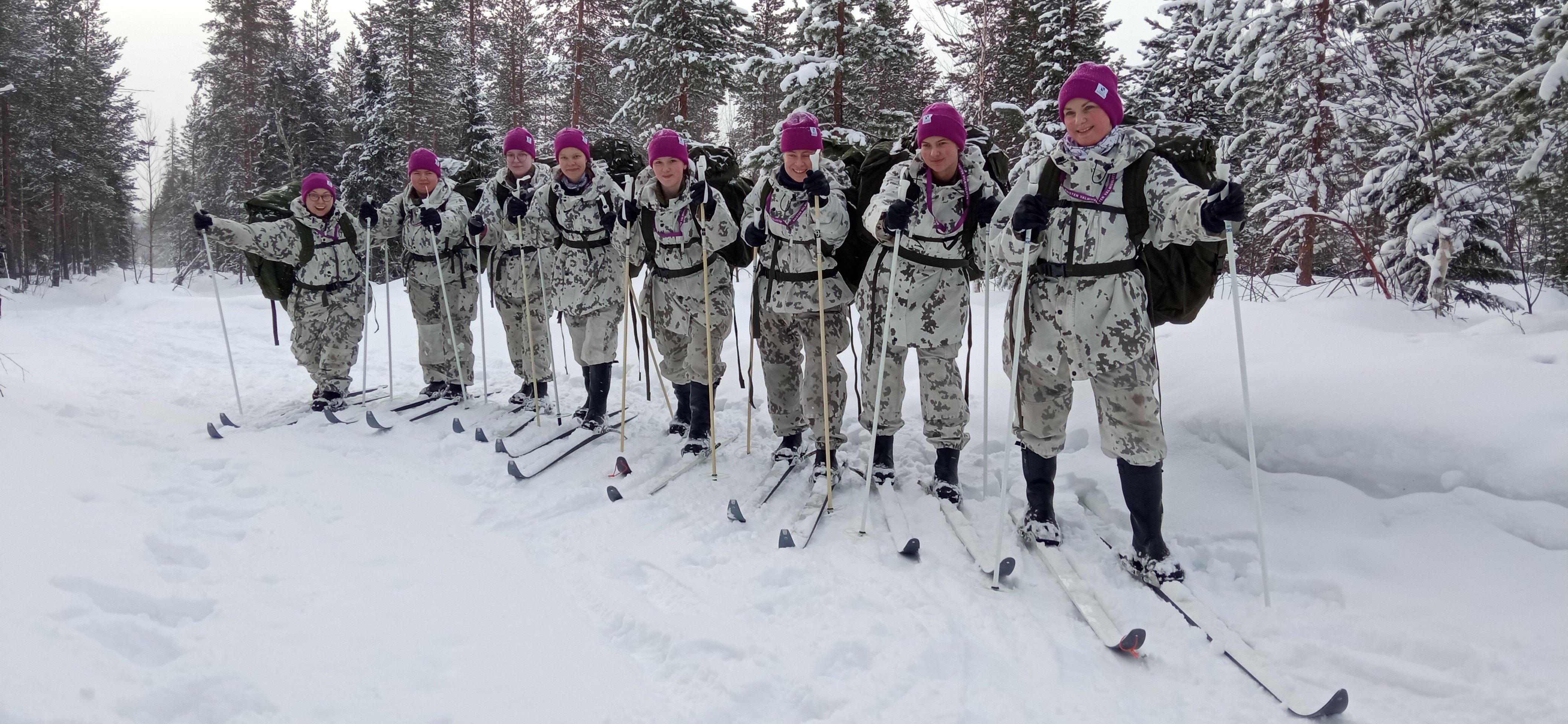
“For example, if you want to take part in the Wilderness Survival course, we expect you to already know basic survival skills,” she explains.
After 24 February, many women also asked where they could learn to shoot. However, since the Women’s National Emergency Preparedness Association is a non-military organisation, firearms training is not part of the programme.
“I understand this question because it’s a completely natural reaction to think that weapons are a form of defence. But I often redirected the conversation to other aspects - such as potential threats in the near future, including hybrid threats. So I would ask: ‘Will you be able to take care of yourself if there is a power outage? What will you do before you run out to buy a gun or sign up for shooting lessons?’”Suvi explains.
That said, the Association has no issue recommending shooting courses. Shooting is a common activity in Finland, where many households own guns for hunting.
Who can participate
The organisation has no strict restrictions for participants. Most courses are open to those aged 18 and over, though some are available from 16 with parental consent.
“There is no maximum age limit. However, participants must be able to carry their own backpack and complete the physical tasks required for the course. That said, this has never really been an issue - our oldest participants are over 70, so the age range is very broad,” explains Suvi.
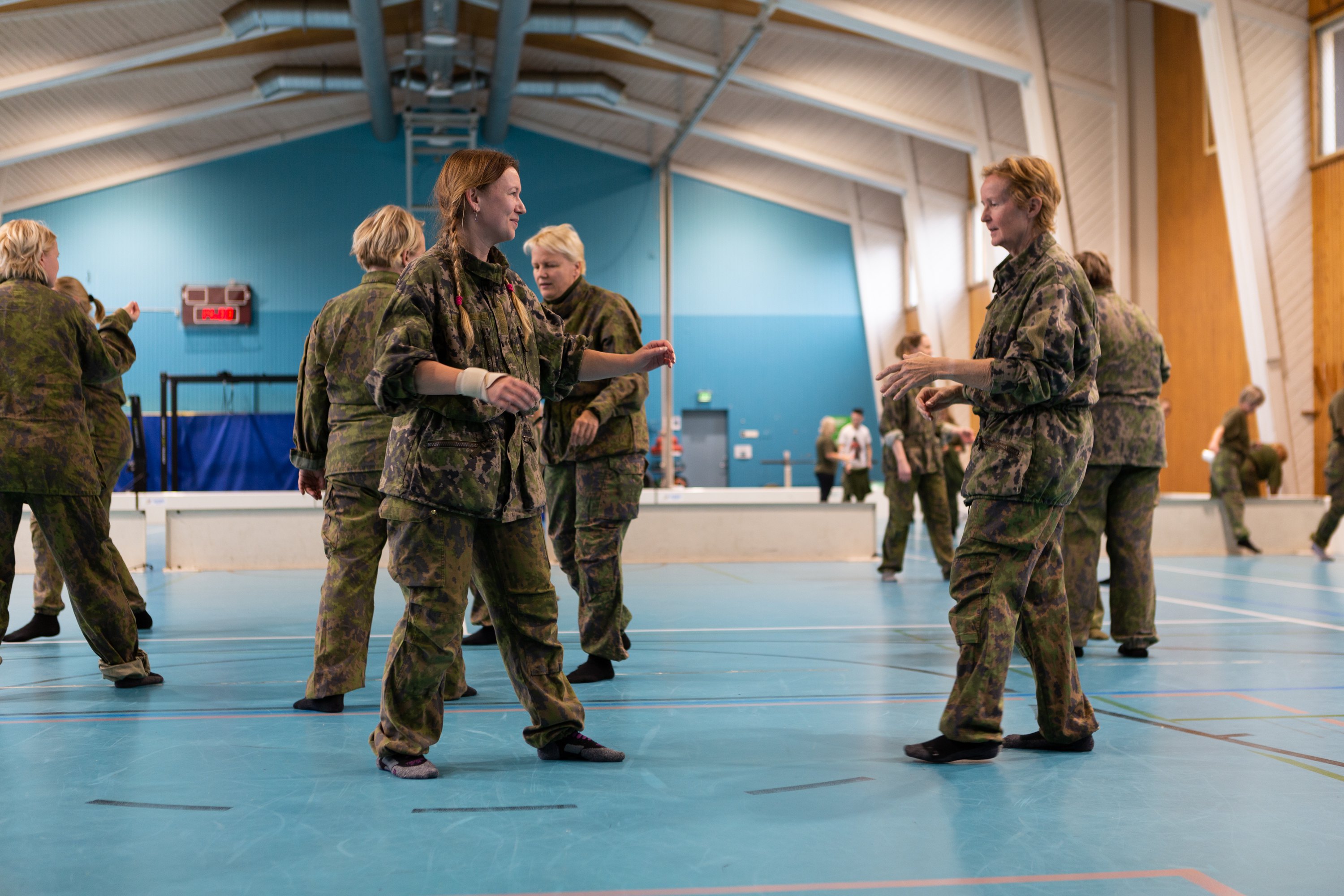
The only requirement is a Finnish social security number. However, in some cases, the Association has made exceptions, welcoming women from other countries, such as Estonia, as part of cooperative training programmes.
The training is also paid - €45 per weekend. This registration fee covers tuition, insurance, and meals. However, it does not include travel costs, so the organisation tries to hold courses across different regions to make them more accessible.
Catching a spot on a training course is not easy
Some courses, particularly the most popular ones, fill up in less than a minute - sometimes within 30 seconds of registration opening, Suvi says. To ensure that as many newcomers as possible can join, 50 per cent of places are reserved for first-time participants.
“Otherwise, only those who already know the system would manage to register - those who know exactly when sign-ups open and how to refresh the page quickly. While it’s great to have such motivated participants, we want a wider audience to have access to the training,” she explains.
Given this level of enthusiasm, Suvi says there is no need for final exams.
“Participants give up their free time and even pay to attend, so they are highly motivated to learn. They truly listen, engage, and take an active role in the training,” she says.
So what does this training give Finnish women?
One key benefit is stepping out of one’s comfort zone.
“If you’ve been sleeping on silk sheets with a soft pillow for 20 years, in a room with the perfect temperature… and suddenly something happens - even just a simple power outage - it can feel like a disaster,” Suvi explains.
That’s why activities like sleeping in a tent in winter help to develop mental resilience, which the organisation considers crucial in today’s world.
“It may be uncomfortable in the moment, but once you overcome the challenge, you feel like a winner. When you push yourself beyond the familiar, you begin to believe in your own abilities. You realise: ‘I can handle different situations’,” Suvi says.
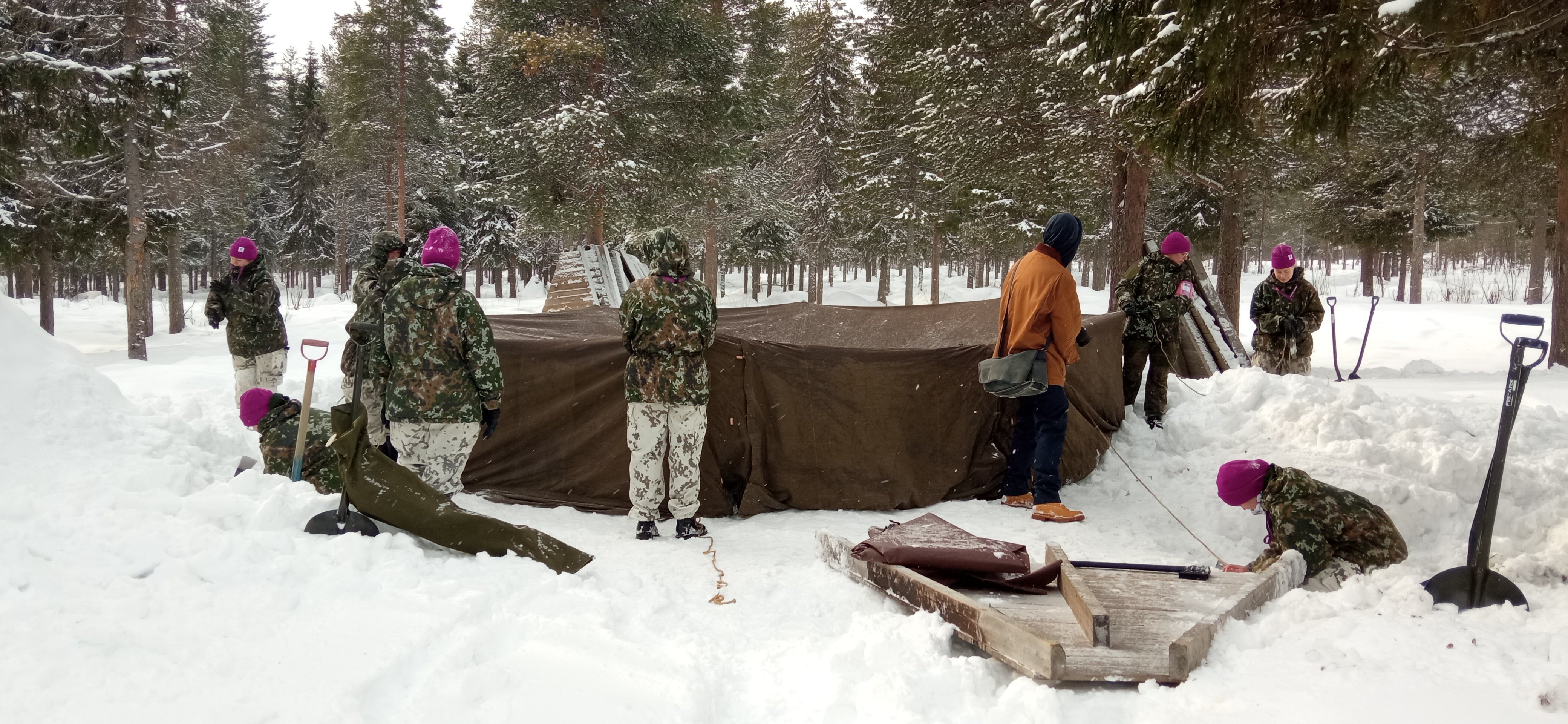
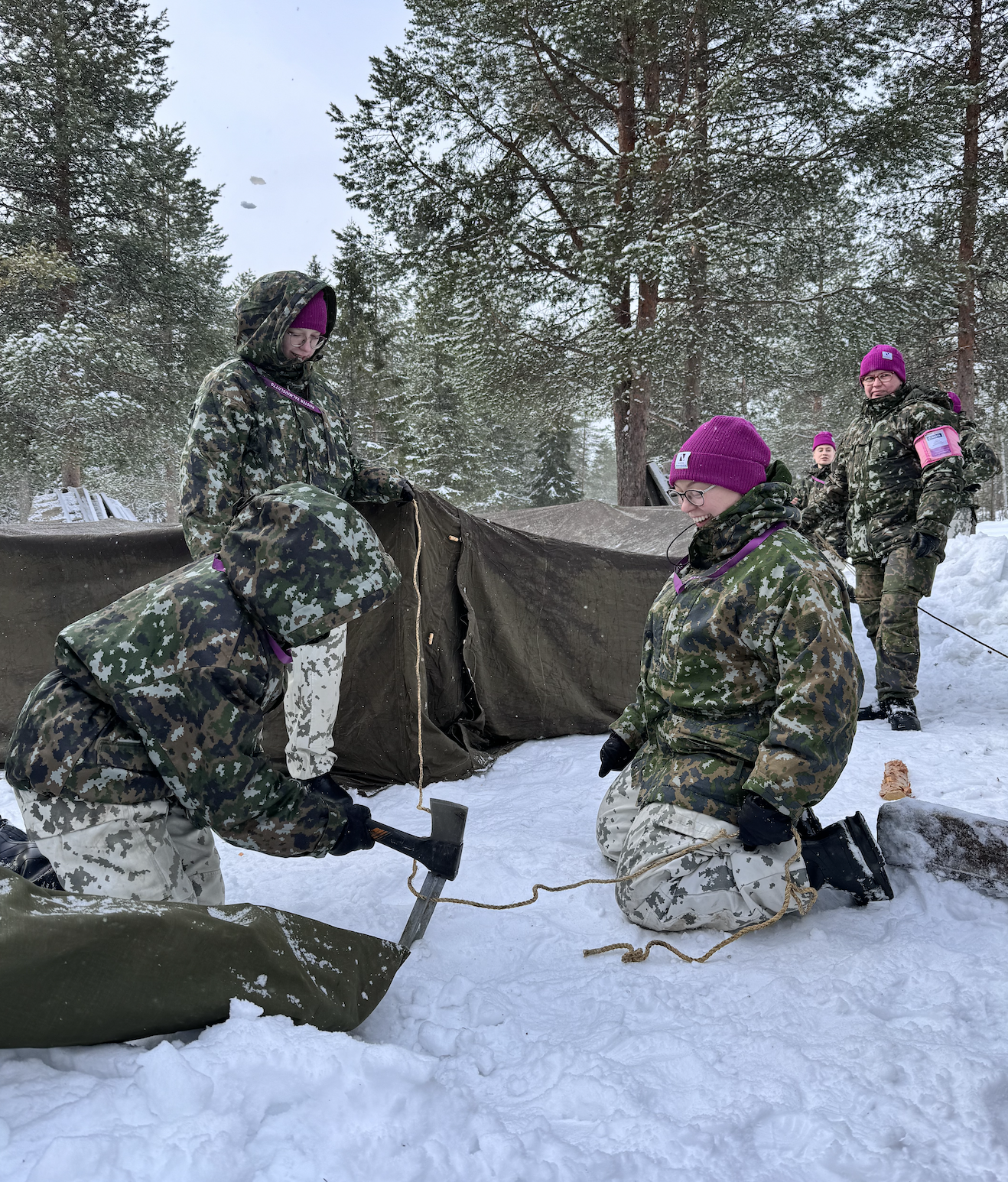
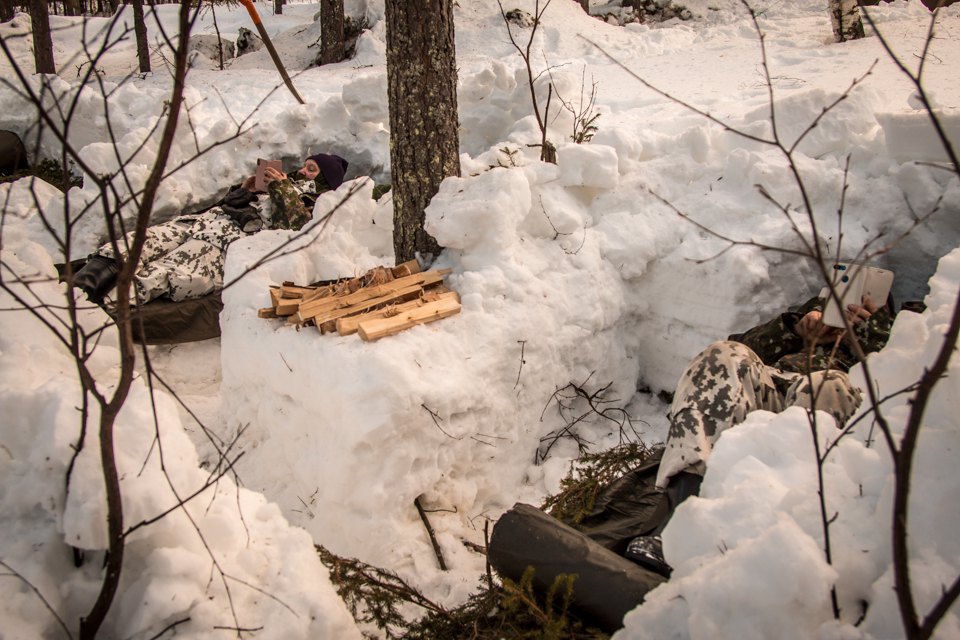
This, she adds, builds a woman’s confidence: “I know I don’t have to be the one who needs rescuing first. I can take care of myself, my family, and even help others. I am not the one who is rescued - I am the one who helps. And that is a very powerful feeling.”
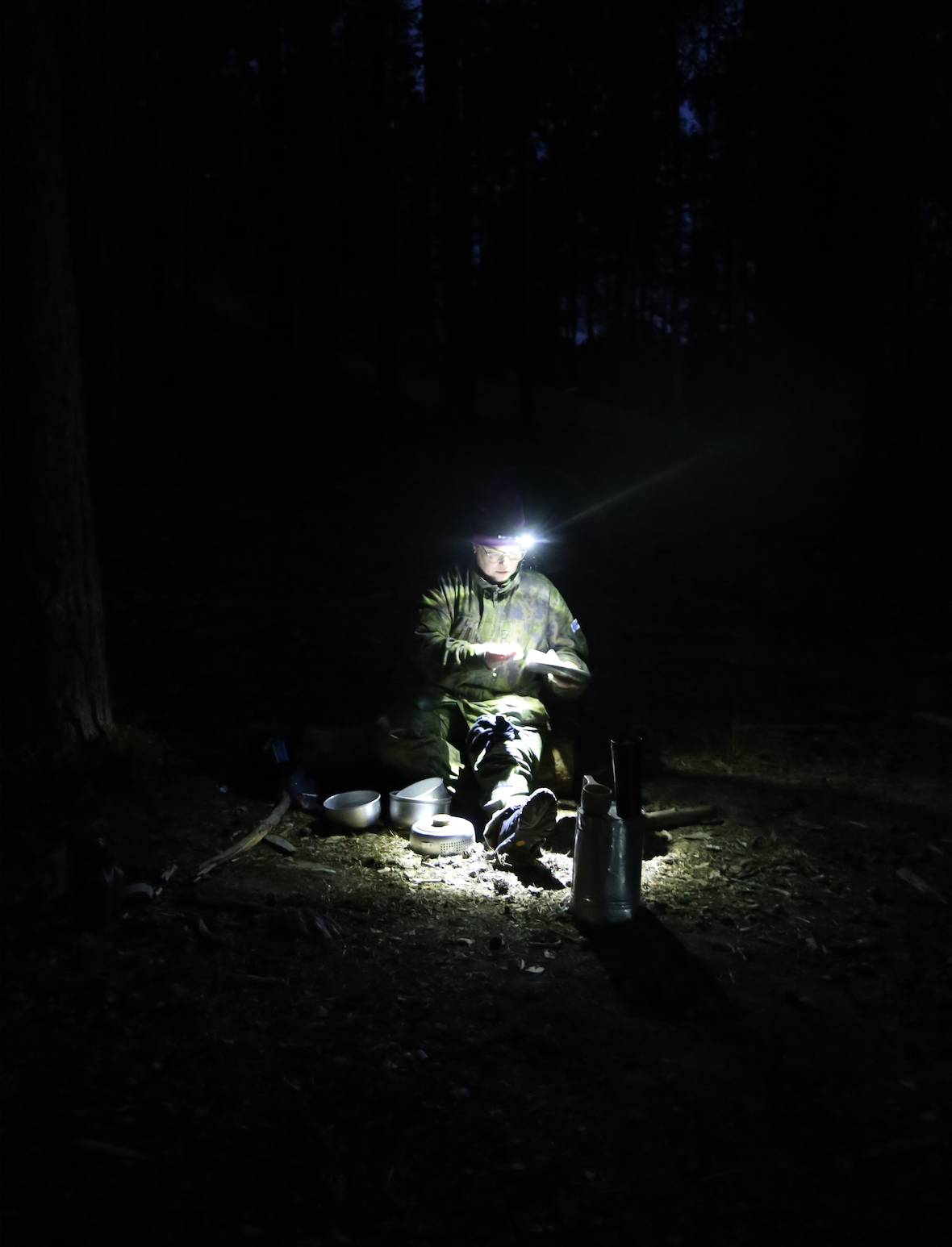
Another key benefit is that these events foster trust, teamwork, and a sense of belonging within a community of like-minded individuals.
Of course, it is also a matter of patriotism, Suvi adds.
“Since we work closely with the Defence Forces, use their equipment, and conduct training on their premises, one of our goals is to strengthen the nation’s defence readiness. In Finland, this level is already quite high, and we want to keep it that way,” she says. She also notes that participants’ interest in training is not influenced by whether their region is close to the Russian border.
Additionally, Suvi highlights how these exercises contribute to the development of local communities.
“Women meet, become friends, and often go on to join one of our member organisations. This allows them to stay connected and continue building resilience within their communities - which is exactly what we aim for,” she explains.
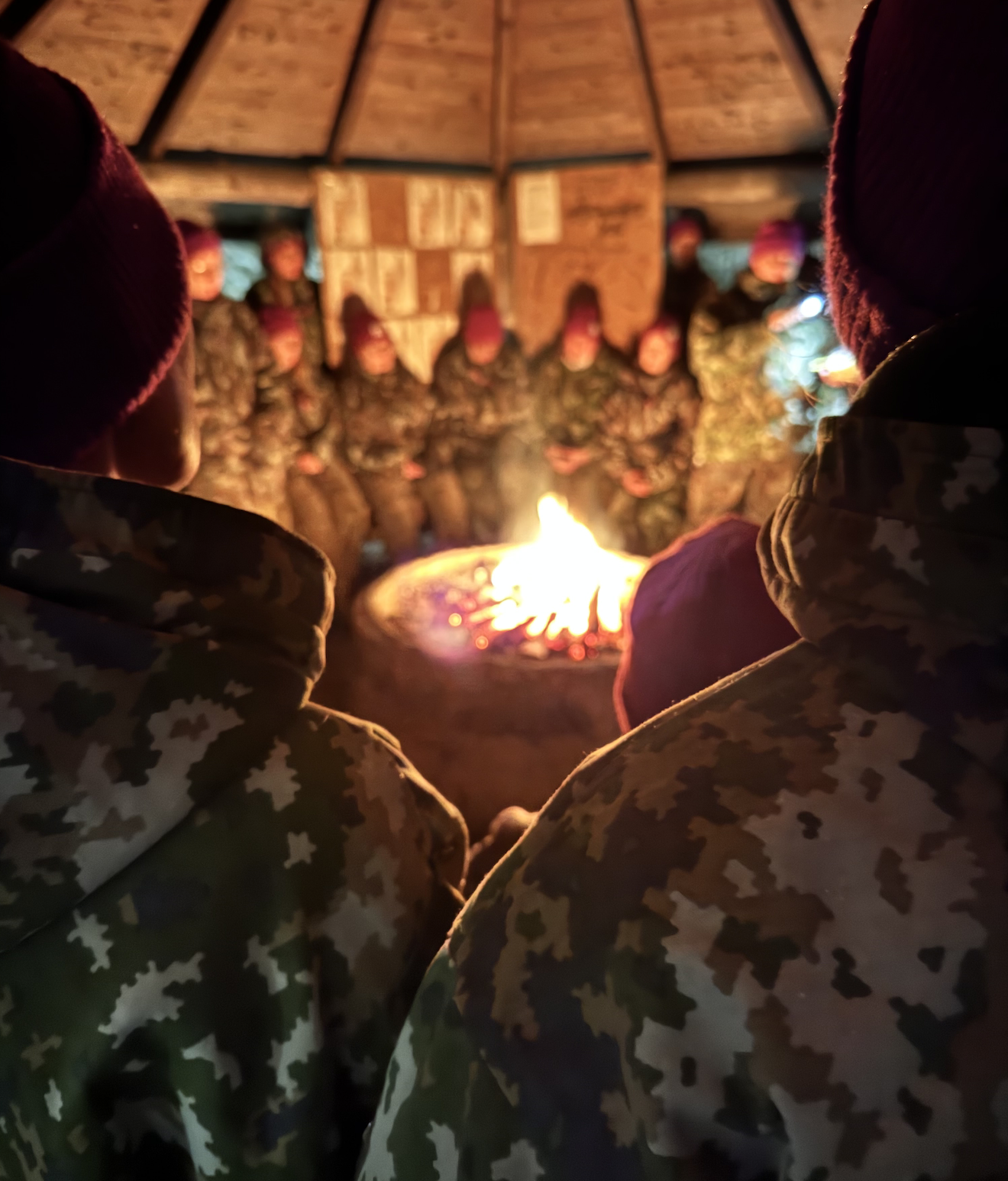
Ukraine’s experience
So far, the EBA has not officially changed its course programme in response to the events in Ukraine. However, the organisation is currently updating its training strategy and does not rule out revising the programme, says Suvi.
At the same time, they have increased the number of places in training courses. They have also started offering webinars and online training. From the first days of Russia’s full-scale war against Ukraine, all women who reached out to them were provided with a national recommendation on how households should prepare to survive the first 72 hours - guidance that is publicly available.
“This is one of the areas we have started to focus on more, as it forms the foundation of individual preparedness. We see that if you follow these steps, you are ready for many different scenarios,” Suvi explains.
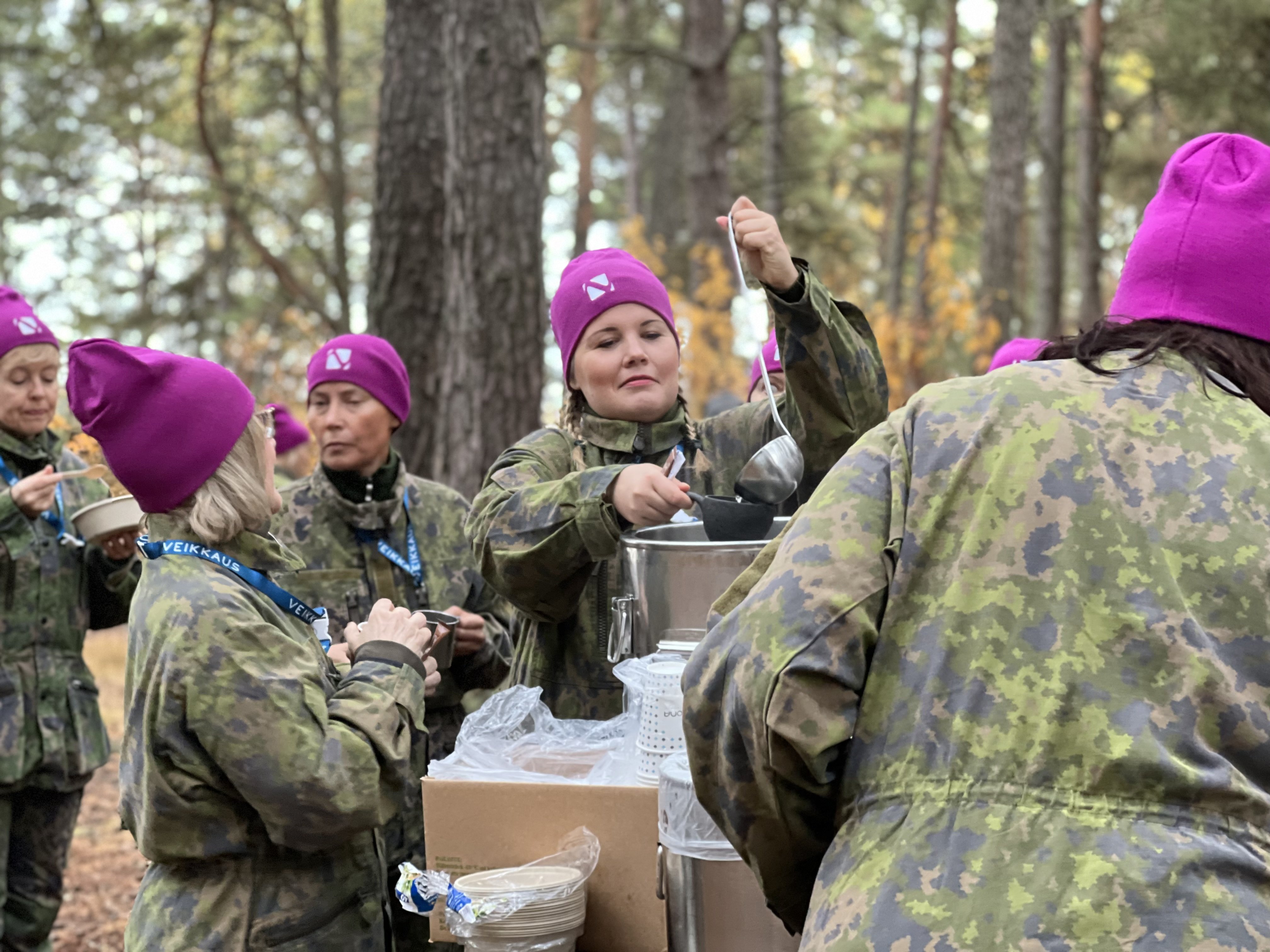
One aspect of the situation in Ukraine that particularly interests Finns is the use of drones, she notes.
“I follow the news, as we all do, and I see a lot of reports about women being trained to fly drones. This is one of the topics we are actively discussing,” says Suvi.
Another key concern for Finland is information warfare.
“The impact of information is one of our most popular courses at the moment. It has been for several years now, and for good reason. I believe that information influence is the greatest curse of our time - because whoever controls the narrative controls people’s minds,” Suvi says.
According to her, the same disinformation Russia has spread about Ukraine is now being used against Finland - claims that Finnish independence was a mistake, that all Finns want war, that Nazism is flourishing in the country, and that most Finns oppose NATO membership.
“There are Russians living in Finland, and some probably do believe this, which is astonishing. But there are very, very few Finns who do. There are some - how to put it politically - on the far left of the spectrum, who are more inclined to talk about peace,” Suvi says.
This, however, is in stark contrast to the overwhelming majority of the Finnish population.
“It is such a small fraction that it is barely worth mentioning - politically or otherwise. Our government has always been able to find consensus on security matters. Support for NATO among Finns is enormous. And, of course, support for Ukraine in all its efforts. In every possible way. The level of support is so high that opposing it would be political suicide,” Suvi says.
She adds: “I simply do not understand how some people in Central or Western Europe fail to see how crucial it is for Ukraine to win this war. After all, we live on the same continent”.








